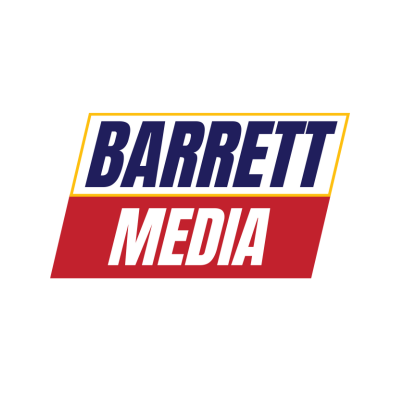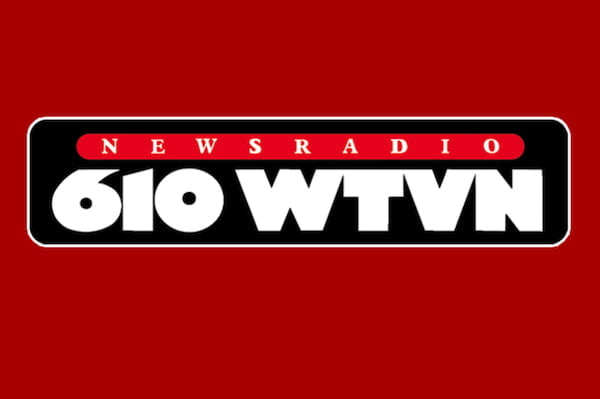I was talking with a former radio colleague of mine a few months ago. We got into a rather lengthy discussion about online radio listening and on-demand content.
We segued into a discussion about subscription-based services.
“It’s shocking to me why radio operators don’t put their content behind a paywall,” I said.
“Hell no,” he replied. “We could NEVER do that!”
“Why not?” I queried.
“People would never pay to listen to our shows. If we started charging them money to listen to our content, they would just go somewhere else!”
That line gave me a EUREKA moment. What my former colleague said is perhaps the radio industry’s biggest problem- they don’t have enough faith in their own content.
A someone who spent nearly three decades working for terrestrial radio stations in eight different markets across the country, this pains me. Radio is missing out on a golden opportunity to break open new revenue streams that they desperately need. The solution has been sitting in their studios the entire time.
Radio’s biggest asset is their content. And more operators need to double-down on that. Company to company, market to market and station to station, radio still boasts the biggest portfolio of local and syndicated talent in the country. Yet, they don’t maximize the revenue from this talent. Instead of putting a dollar value on that content, they’d rather give it away for free and make money the way they have for 100 years…spots and dots.
Radio’s efforts to generate new revenue streams have been mixed, at best. I’ve seen first-hand the dabbling into things like e-commerce, e-mail marketing, SEO and website building. Eventually every new fad I’ve witnessed championed has, for the most part, fizzled out within a year or two. Why? Because nothing they come up with is innovative. Everything I’ve seen radio get into had already been done by the Groupons, Go Daddy’s, Googles and Amazons of the world…and those companies did (and continue to do it) it far better.
Radio is using an antiquated revenue model, relying too heavily on selling ads to survive. One problem, spot revenue has been on the decline for well over a decade. Advertisers are seeing higher ROI by investing in more non-traditional campaigns to get their messaging out.
What’s worse, radio has seen serious listener erosion for a long time. In large part because younger consumers have grown tired of having to soldier through 20+ minutes of commercials in a given hour (or even one of those damn “Kars4Kids” spots).
Time and time again, consumers (younger ones, in particular) have proved with their wallets that they will pay a few extra bucks for quality commercial free content, on virtually every platform. Hell, its as if they’re conditioned to do so.
Netflix Revenue in 2019 was over $20 billion.
Disney+ managed to gain over 60 million subscribers in less than a year.
Spotify did almost $7.5 billion in revenue in 2019.
SiriusXM is now a $2 billion company and has already swallowed up competitors in Pandora and Stitcher.
Huge multinational corporations like Apple, Sony and Amazon are pouring cash into developing original audio content.
And the list goes on and on.
The advent of in-car smartphone apps and Wi-Fi have given people easy ways to access commercial free alternatives to the advertiser saturated content on the dial.
Everyone has already left for the party and radio is still in the bathroom fixing their hair. The truth is, they look fine and should have been at the party hours ago.
There will always be room for ad-supported content in the audio world. But the reliance on it needs to be drastically reduced and a big part of the needed shift should include the building of paywalls to support subscriber-based content.
As I prepared to write this column, I did a little-self exercise. How many commercial-free subscription services do I actually have?
Here’s my inventory:
You Tube Premium
Amazon Prime Video
Netflix
Hulu
Disney +
CBS All-Access
HBO Go
New York Times
Spotify Premium
The Economist
The Athletic
SiriusXM
TuneIn Premium
NFL Sunday Ticket
Crunchyroll (my husband is a big fan of anime)
DC Universe
Shudder
World of Wonder
That’s a lot. And by the way, as anyone will tell you, I ain’t rich! But what’s an extra $15 dollars a month if I get to see John Oliver and Bill Maher every week? What’s an extra $25 a month if I can listen to Stern?
And to be honest, if my favorite terrestrial radio talent were pushed behind a paywall, the decision for me would be easy.
As a die-hard (and constantly suffering) Detroit Sports fan, I’m an almost daily listener of Mike Valenti’s on 97.1 The Ticket. His Monday shows after Sunday Lions debacles are must-listens. If I can get the Radio.com app to NOT crash on me, I make a point to be logged on to his live stream.
That being said, If Entercom were to tell me that I’d have to pay $5.99 a month to listen to his show online, get commercial free access to his podcasts (and maybe some additional bonus content), I’d sign up without even giving it a second thought. I’m guessing a decent chunk of his nearly 200,000 weekly listeners would do the same.
Even if say, 5% of his audience (10,000) agreed to pay that subscription fee, that’s $60,000 in revenue. How many radio stations would turn down a $60k annual these days?
All is not lost. There are some operators who are moving in the right direction. No one does digital better than iHeart. Yes, they have the largest scale, but they have also invested more than anyone else in top tier talent as well as the technology to deliver it. In 2019, their podcast revenues alone were about $100M. A big reason for that is because they’ve approached things fearlessly. Sure, they have ad-supported content online. But they also created a space for the paywall as well. iHeart Radio Plus and iHeart Radio All-Access are upgrades to their digital content services that unlock different features such as ad free artist radio. On a smaller scale, Good Karma is starting to do the same as they continue to grow their footprint.
Radio has, for the most part been far too conservative. They’re the guy at the poker table that gets bluffed easily, may win a few hands, but would rather fold than call. At some point, they’re going to have to push all their chips into the center of the table. Otherwise, like that overly cautious poker player, they’ll continue to slowly hemorrhage money until it’s time to call it a night.







